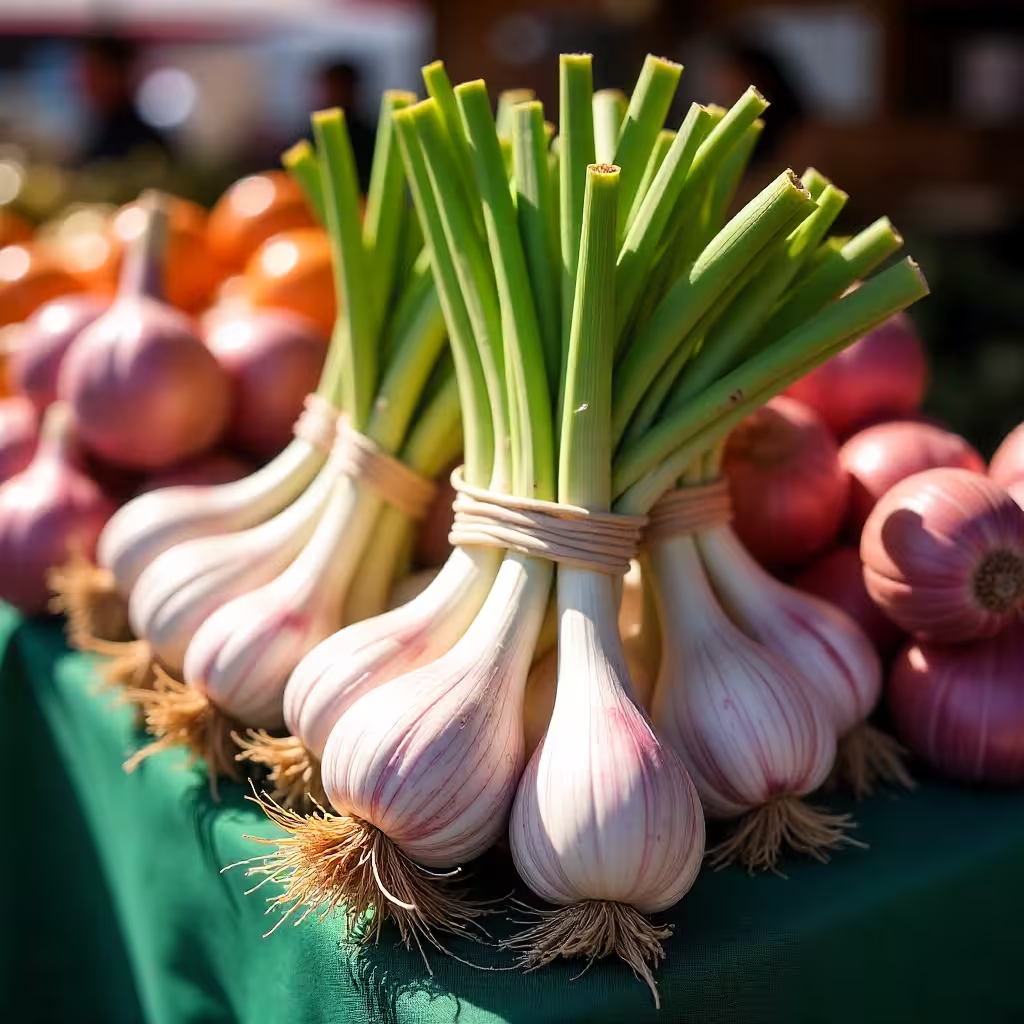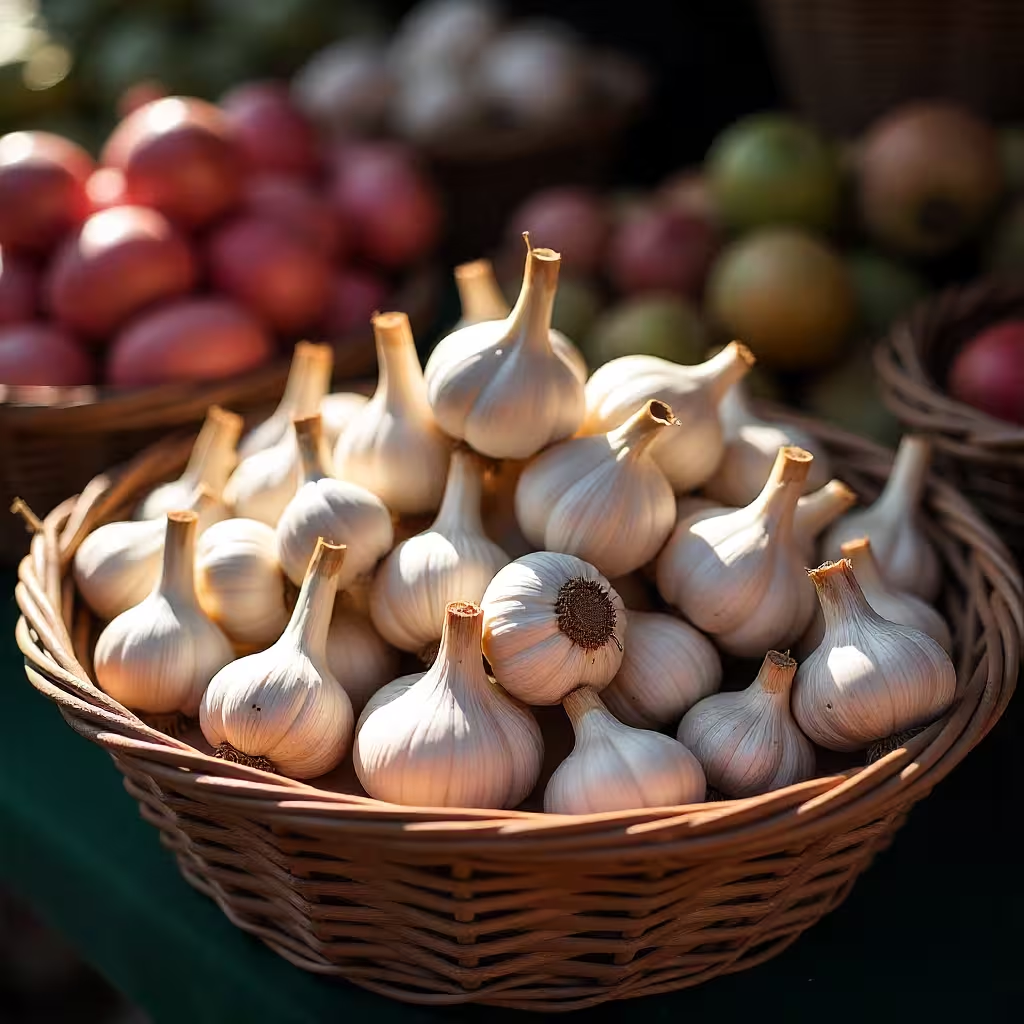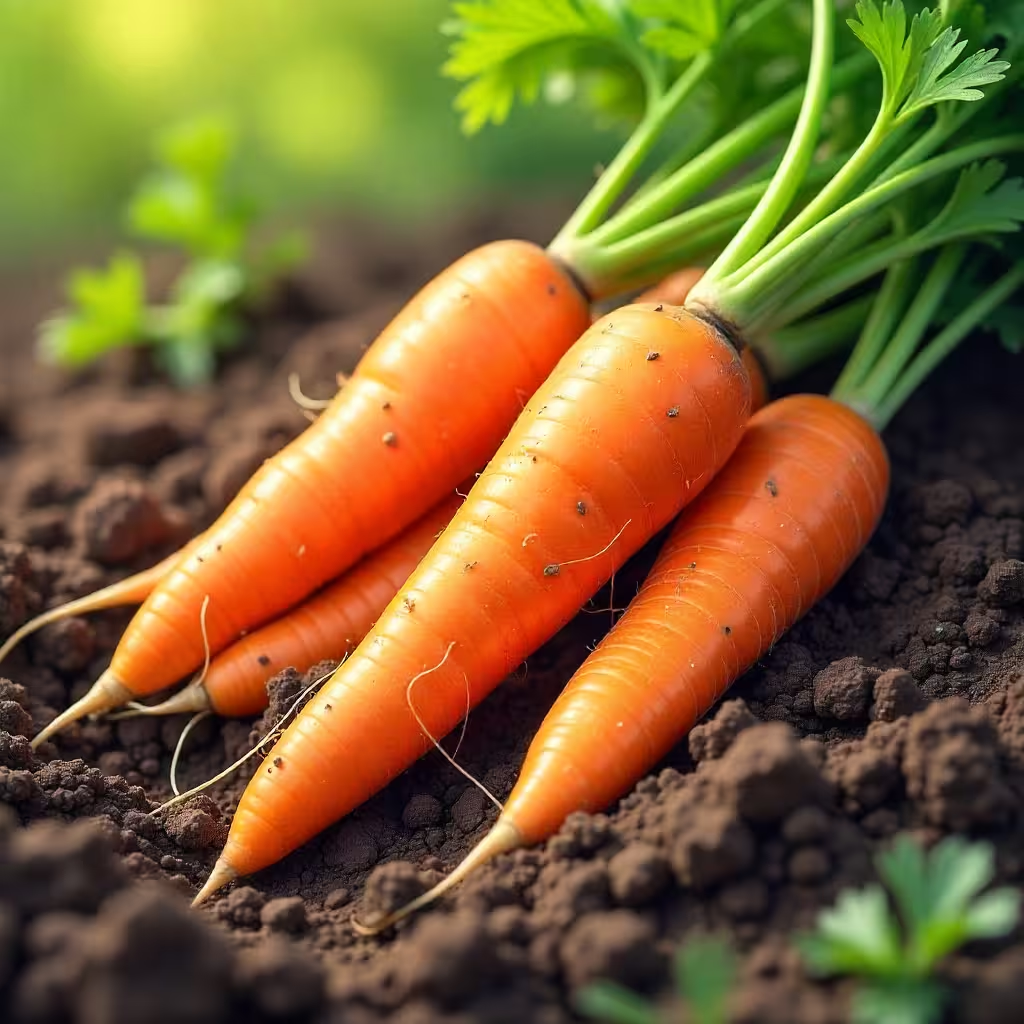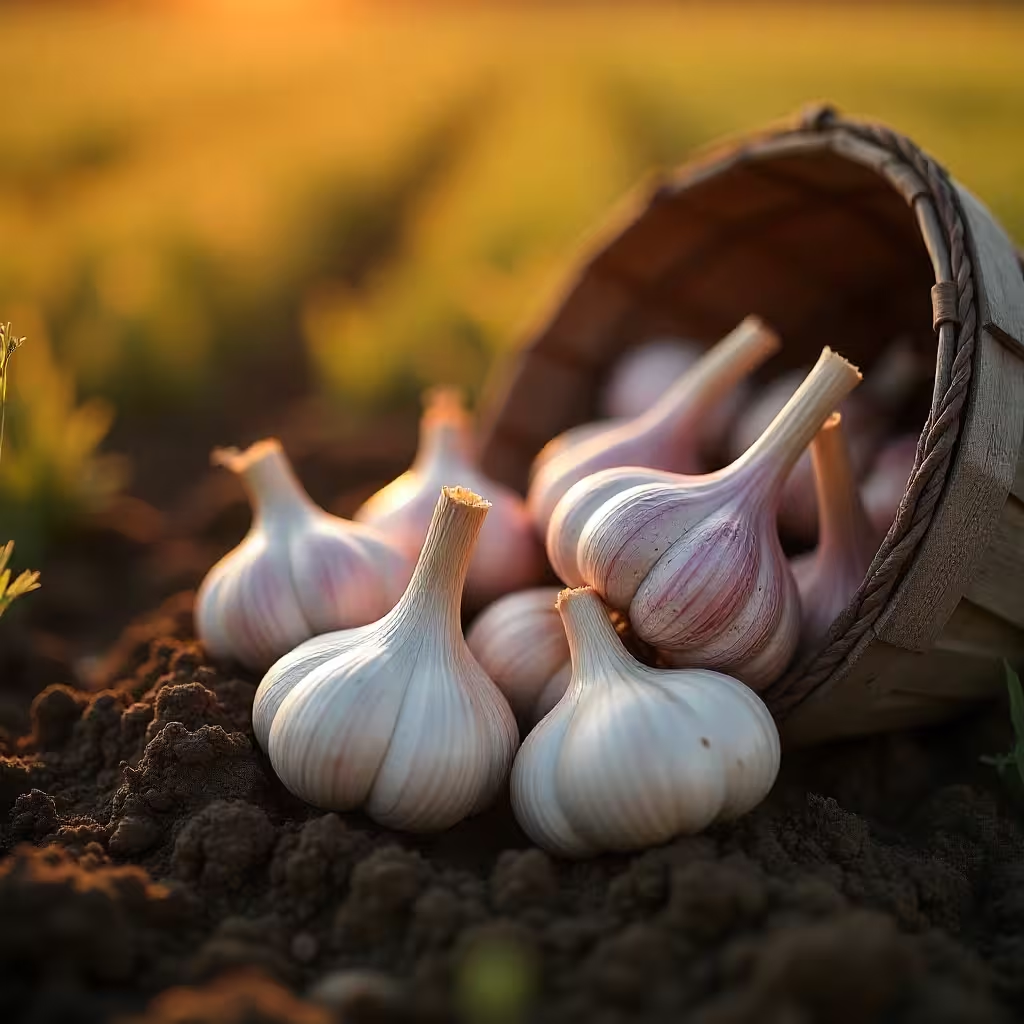Garlic's Powerful Health and Metabolic Benefits
Daily garlic consumption offers remarkable health benefits that extend far beyond its culinary appeal, serving as a powerful natural remedy for numerous health conditions and metabolic disorders. Garlic contains allicin, a sulfur-containing compound released when garlic cloves are crushed or chopped, which possesses potent antimicrobial, antioxidant, and anti-inflammatory properties that support overall health and wellness. Regular consumption of raw or lightly cooked garlic has been scientifically proven to reduce blood pressure, lower cholesterol levels, improve cardiovascular health, and strengthen immune system function. The bioactive compounds in garlic, including diallyl disulfide and s-allyl cysteine, work synergistically to enhance the body's natural detoxification processes, reduce oxidative stress, and combat chronic inflammation that underlies many modern diseases. Studies demonstrate that consuming just one to two cloves of garlic daily can significantly reduce the risk of heart disease, stroke, and certain cancers, while also supporting healthy blood sugar regulation and insulin sensitivity. Garlic's thermogenic properties may boost metabolism and support weight management by increasing calorie burning and reducing fat accumulation, particularly when combined with a balanced diet and regular physical activity. The prebiotic fibers in garlic nourish beneficial gut bacteria, promoting digestive health and enhancing nutrient absorption, which contributes to overall metabolic efficiency. Additionally, garlic has been shown to reduce visceral fat and improve body composition by modulating genes involved in fat metabolism and storage. Its ability to thin the blood naturally helps prevent dangerous clot formation, while its antimicrobial properties combat harmful bacteria, viruses, and fungi, making it a powerful ally in maintaining optimal health. For maximum benefits, garlic should be crushed or chopped and allowed to rest for ten minutes before cooking or consuming, as this process activates the enzyme alliinase and maximizes allicin production, ensuring you receive the full spectrum of garlic's health-promoting compounds.
Featured Content

Garlic stands as one of the most widely consumed and medicinally valued plants across the globe, with a documented history of therapeutic use spanning over 5,000 years across diverse civilizations. International health research consistently validates garlic's cardiovascular benefits, antimicrobial properties, and cancer-preventive potential, leading to its integration into dietary recommendations worldwide. The World Health Organization recognizes garlic as a valuable functional food, and global consumption exceeds 26 million tons annually, reflecting its universal acceptance as both a culinary staple and health supplement. Countries across Asia, Europe, the Americas, and increasingly Africa incorporate garlic into traditional medicine systems and modern nutritional interventions for chronic disease prevention. Global pharmaceutical and nutraceutical industries have invested heavily in garlic extract research, developing standardized supplements that deliver consistent doses of active compounds, though whole food consumption remains the preferred method for obtaining garlic's full health benefits with optimal bioavailability and synergistic effects.
Additional Insights

Africa has a complex relationship with garlic, where it serves both as a traditional remedy in certain regions and as an increasingly popular health intervention in modern African healthcare. North African countries, particularly Egypt, have cultivated and consumed garlic for millennia, incorporating it into traditional healing practices for respiratory infections, digestive disorders, and cardiovascular health. Sub-Saharan Africa has seen growing garlic production and consumption, with countries like Ethiopia, Nigeria, and Kenya expanding cultivation to meet rising domestic demand driven by health awareness campaigns. African traditional healers have long utilized garlic for its antimicrobial properties to treat infections, parasitic diseases, and boost immunity in communities with limited access to pharmaceutical medicines. However, garlic remains underutilized across much of the continent despite its potential to address prevalent health challenges including hypertension, diabetes, and infectious diseases that disproportionately affect African populations, presenting a significant opportunity for expanded nutritional intervention strategies.
In-depth Analysis

Europe boasts a rich history of garlic consumption and medicinal application, with Mediterranean countries leading both in per capita consumption and documented health outcomes associated with garlic-rich diets. European research institutions have conducted extensive clinical trials demonstrating garlic's efficacy in reducing cardiovascular disease risk, with studies showing significant reductions in blood pressure, cholesterol levels, and arterial plaque formation among regular consumers. Countries like Spain, Italy, France, and Greece incorporate garlic as a fundamental component of the Mediterranean diet, which is recognized as one of the world's healthiest eating patterns and associated with longevity and reduced chronic disease rates. The European Medicines Agency has approved garlic preparations for treating symptoms of common cold and as supportive therapy for elevated blood lipid levels, providing regulatory validation for its therapeutic applications. European consumers have access to a wide range of garlic supplements, aged garlic extracts, and fresh varieties, with health-conscious populations increasingly using garlic as a preventive measure against metabolic syndrome, cognitive decline, and immune system deterioration associated with aging.
Key Highlights

The United States has experienced a dramatic increase in garlic consumption over the past four decades, growing from approximately 0.5 pounds per person annually in the 1980s to over 3 pounds per person today, driven by health awareness and culinary diversity. American research institutions, including the National Institutes of Health, have funded numerous studies investigating garlic's health benefits, with findings supporting its role in cardiovascular disease prevention, immune enhancement, and potential anti-cancer properties. US dietary supplement markets offer extensive garlic products including aged garlic extract, odorless garlic capsules, and garlic oil preparations, generating hundreds of millions of dollars in annual sales from health-conscious consumers. American medical professionals increasingly recommend garlic supplementation or dietary inclusion for patients with hypertension, high cholesterol, and diabetes, recognizing it as a safe, cost-effective complementary therapy with minimal side effects. However, garlic consumption in the US remains unevenly distributed across demographic groups, with higher intake among educated, health-conscious consumers and those from cultural backgrounds with strong garlic traditions, while many Americans still consume insufficient amounts to realize significant health benefits despite growing scientific evidence supporting its therapeutic value.
Final Thoughts

Rwanda's garlic consumption and production remain relatively modest compared to other countries, though the government has identified garlic cultivation as a priority crop for both nutritional security and export potential. Rwandan farmers are increasingly growing garlic in highland regions where climate conditions are favorable, with support from agricultural extension programs promoting improved varieties and cultivation techniques to enhance yields and quality. Urban Rwandans, particularly in Kigali, are incorporating more garlic into their diets as awareness grows about its cardiovascular and immune-boosting benefits, though consumption levels remain lower than in many other regions globally. Traditional Rwandan medicine has historically underutilized garlic compared to other African countries, presenting both a challenge and opportunity for health education initiatives that could promote garlic consumption for preventing non-communicable diseases that are rising in Rwanda's increasingly urbanized population. The affordability and ease of garlic cultivation make it an ideal candidate for nutrition interventions targeting hypertension, diabetes, and infectious diseases in Rwanda, where expanding domestic production could simultaneously improve public health outcomes, create agricultural income opportunities, and reduce dependency on imported health products, positioning garlic as a strategic crop for Rwanda's health and economic development goals.















